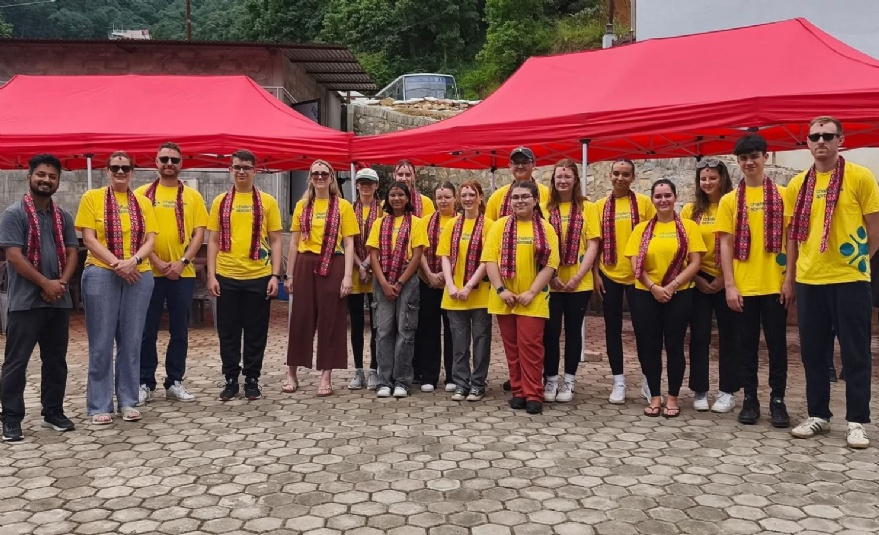From Norfolk to Nepal

A group of our students became teachers when a cultural trip of a lifetime saw them travel to Southern Asia to spend more than two weeks helping school children in Nepal.
Thirteen students from our school travelled to Bhaktapur for the 17-day adventure, staying near Durbar Square, which is one of Nepal’s UN Historical Sites.
“We were working with Springdale Secondary School, helping students in Class 4 to 6 (eight to 11-year-olds) with STEM projects,” explained Claire Whitehouse, Assistant Headteacher at Marshland, a member of the West Norfolk Academies Trust.
“Our students planned and taught three lessons a day, trying to include hands-on, interactive experiences for the students in their learning. One day also allowed our students to deliver CPR (cardiopulmonary resuscitation) training to the Nepal students.”
“The head teacher of the school was incredibly impressed with the students’ teaching techniques, and the way they conducted themselves,” said our Head of History, Debby Dye, who accompanied the group.
“It was inspiring to see them in action, showcasing such a wide range of invaluable skills – leadership, teamwork, empathy, organisation, resilience, communication, and adaptability.”
As well as supporting the Nepali children in their science studies, our students had the opportunity to explore the area, visiting historic sites and experiencing local customs, food, and dress.
Visits included Swayambhu Mahachaitya, the monkey temple; Thamel, the traditional market area of capital city Kathmandu; and the Bageshwori Nagarkot suspension bridge; while the students also had the opportunity to try their hand at traditional pottery making, try-on classic Nepali clothing, and to sample a variety of Nepali food.
“The students immersed themselves into the Nepali culture, increasing their awareness and understanding of Global Citizenship,” added Mrs Whitehouse. “It was a pleasure to see them grow in confidence and develop their skills. The students were a credit to themselves and the school.”
